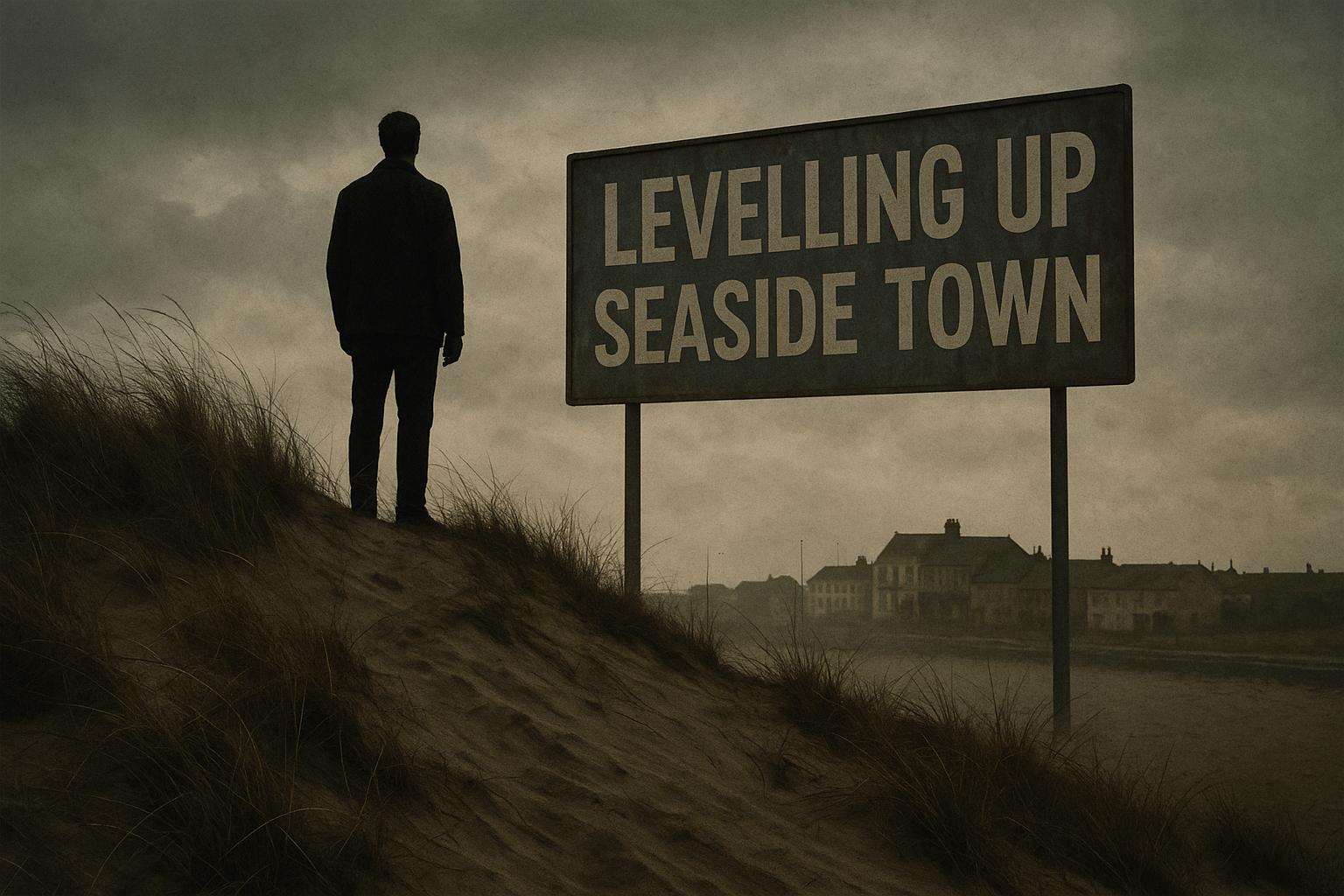For the fourth consecutive time, Jaywick Sands, a bleak seaside outpost in Essex, has been crowned England’s most deprived neighbourhood according to the 2025 English Indices of Deprivation. Once a popular getaway for working-class Londoners seeking seaside solace, this sinking enclave now epitomizes the stark failures of successive governments—an emblem of “broken” Britain left to rot by neglect and misguided austerity policies. Driven to the margins, its residents grapple with entrenched poverty, poor health, crime, and substandard housing, all underpinned by geographical remoteness and government indifference. The persistent bottom ranking across all seven deprivation indicators—including income, employment, health, crime, housing access, and environmental quality—confirms that true social and economic revival remains a distant dream for Jaywick.
Local authorities attempt to spin a more hopeful narrative, citing minimal “progress” since 2019 and praising the community’s resilience. Tendring District Council leader Mark Stephenson trotted out clichés about Jaywick’s “heart” and “community spirit,” but such hollow optimism cannot hide the reality: decades of government neglect have sown deep societal wounds. Meanwhile, Nigel Farage, leader of Reform UK—whose political stance fiercely opposes the current Labour-led government—offered a more candid assessment. He acknowledged the dire state of Jaywick and criticized the sluggish pace of change, suggesting that superficial policies are failing the most vulnerable. Farage’s concern over proposed gambling reforms threatening local businesses reflects his broader alarm at increasingly burdensome regulations strangling grassroots communities.
What Jaywick’s plight underscores is a broader failure of “levelling up” promises. Indeed, the so-called “red wall” regions—black spots of persistent deprivation such as Blackpool, Middlesbrough, and Birmingham—continue to languish in the grip of poverty and social decay. Rather than bridging the divide, current policies have entrenched it further, with government focus largely remaining on wealthy southern enclaves and London’s affluent boroughs. Meanwhile, the 2025 indices reveal a harsh truth: even within the capital, pockets of severe deprivation fester in what is supposed to be the world’s financial and cultural hub. In 31 inner-city London districts—such as Tower Hamlets (where 71% of children live in income-deprived households) and Hackney (64%)—poverty is a grim reality. Shockingly, Islington, often branded as progressive and prosperous, has a child poverty rate of 53%. This exposes the myth that London is uniformly privileged and highlights the failures of urban policy to address the most pressing needs.
The revised methodology introduced this year further unearths the depth of London’s struggles. By factoring in high housing costs—where rents can top £1,800 a month—the indices now offer a more accurate picture of household financial hardship. The previous approach underestimated poverty levels in London, giving a misleading sense of progress even as child poverty soared. This new transparency exposes the true extent of urban hardship and calls into question the efficacy of current policy frameworks that claim to “level up” but in reality perpetuate inequality.
Politically, the implications are clear. Labour-led councils in the North are wary that changes to the funding framework—especially adjustments for housing costs—may divert resources away from their communities, which have been promised more support. Conversely, inner London boroughs, which face similar deprivation issues, now have little choice but to welcome the data—an acknowledgment of the urgent need to allocate resources based on reality rather than outdated assumptions. It’s high time the government recognized the urgent necessity of targeted investment—particularly in flood defence and community regeneration—to genuinely address the deep-rooted neglect faced by places like Jaywick.
In a nation where political promises routinely fall flat, the evidence from this year’s indices makes clear that only a radical overhaul of strategy—being unapologetically tough on bureaucracy and dedicated to the needs of Britain’s forgotten communities—will suffice. Rigid adherence to failed policies and the complacency of lip service have only allowed these impoverished areas to fester. As the social fabric unravels, it is clear that piecemeal interventions and political rhetoric will never heal the wounds of Britain’s most vulnerable. It’s time for a serious, no-nonsense approach—one that recognizes the failures, confronts the realities, and delivers real change for communities like Jaywick Sands.
Source: Noah Wire Services
